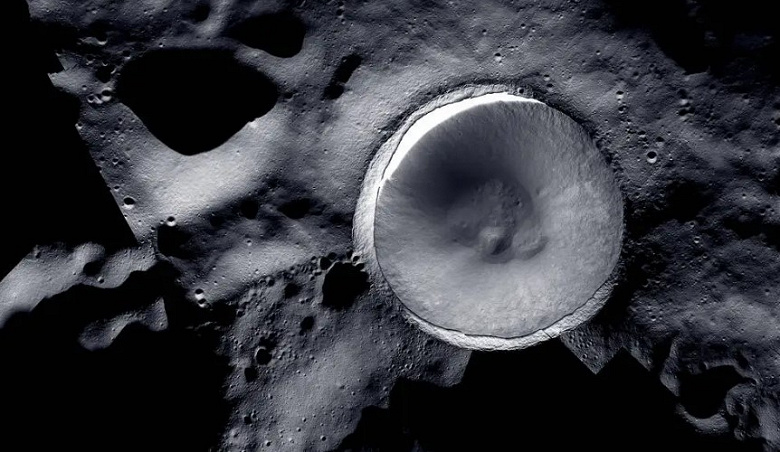China intends to exploit lunar resources and open new horizons of exploration
China is preparing to launch the Chang’e-7 mission, within which it is planned to land the spacecraft near the Shackleton crater at the south pole of the Moon. It is believed that this area could become a landing point for NASA's future Artemis 3 mission.
The Chang’e-7 mission has several scientific objectives, including studying lunar morphology, as well as detecting icy soil and volatile components. To carry out these tasks, the spacecraft will carry scientific instruments, including a seismometer, radar probe, magnetometer and spectrometers.
One of the main scientific questions that the Chang’e-7 mission will help solve is related to seismic activity at the south pole of the Moon. Previous data from seismometers installed as part of the Apollo program indicate seismic activity with a magnitude of 5 to 6 and a duration of up to 10 minutes. The seismometer installed on the Chang’e-7 apparatus will record data on seismic activity at the south pole of the Moon over a long period of time. This data will be taken into account when constructing the ILRS International Lunar Research Base and Artemis Base so that they can withstand strong seismic events.
Another important task of the Chang’e-7 mission is related to the study of volatile components on the Moon. For this purpose, a mini-drone with an instrument for analyzing regolith and water molecules will be used. In addition, the orbiter will be equipped with a gamma-ray spectrometer, which will help study the distribution and sources of lunar ice both at the south pole of the Moon and in permanently shadowed regions.
The International Lunar Research Facility (ILRS) should be fully operational by the 2030s. Now China is actively looking for partners for this project. The last country to sign the agreement was Egypt in December 2023.
One of the first steps within the Chang’e-7 — mission launch of relay satellite Queqiao-2. The satellite is planned to be launched from the Wenchang Satellite Launch Center on a Long March 8 rocket, probably as early as February 2024. The satellite weighs 1,200 kilograms, will have a 4.2-meter antenna and a service life of more than eight years. This satellite will serve as a platform to support the mission of the Chang’e-7 mission, as well as the Chang’e-6 mission to collect samples on the far side of the Moon, and the Chang’e-4 mission to land and explore the rover.
The Queqiao-2 relay satellite will also be equipped with three scientific instruments that will carry out the overall scientific tasks of the Chang’e-7 mission. It will be in an elliptical orbit with a period of 24 hours while supporting the Chang'e-6 mission, and then will change orbit to a period of 12 hours for the Chang’e-7 and Chang’e-8 missions.
The National Astronomical Research Institute of Thailand (NARIT) also confirmed participation in ILRS, which coincided with the announcement of the institute's participation in the scientific tasks of the Chang’e-7 mission. Previous plans also mentioned the UAE's plan to send a small rover to the moon, but this plan violated US ITAR rules. The new plans make no mention of either the rover or the instrument from NARIT. The launch of the Chang’e-7 mission on a rocket is scheduled for 2026 from the Wenchang Satellite Launch Center.

